Another technique I use when I need to get to know my characters is the Character Interview. In this case, I ask a character various questions and then answer them in the voice of the character. I find this exercise useful even when my novel or short story is written from different point of view (i.e. not that character’s POV in first person). Even if I only use the character’s voice in dialogue and not in narration, it’s helpful to hear these questions answered from the character’s own perspective.
Some questions I like to ask are:
- What was your scariest moment?
- What was your happiest moment?
- What’s the most dangerous thing you’ve ever done?
- What is your biggest regret?
- Who do you love most in the world?
- What is your most prized possession?
- Do you have a nemesis? Who?
- Who was your first love?
- Where is your favorite place?
- Who or what makes you feel safe?
- Who makes you jealous?
- Who or what makes you feel inadequate?
- What is your theme song?
- What is your signature color?
- What is your favorite season?
- What is your catch-phrase?
- What is your pet peeve?
- List your character’s ten favorite things (Example: raindrops on roses, etc.)
For more interview question ideas, check out these Character Questionnaires from Gotham Writers’ Workshop.
Homework: Answer all these questions quickly in your character’s voice and point of view. Now go back and choose three answers, and follow-up like you would if you were a reporter doing an interview. Don’t let your character get away with easy answers. Dig deep. Ask who, what, when, where, why and how. Whenever your character starts to shy away from answering, press him or her further. Keep asking: “tell me more about that” until you get to the juicy information.
Now I’d like to know: what’s the most surprising thing you learned about your character? Feel free to dish in the comments.



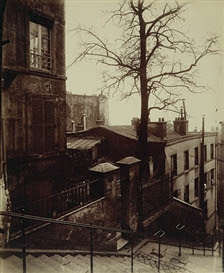


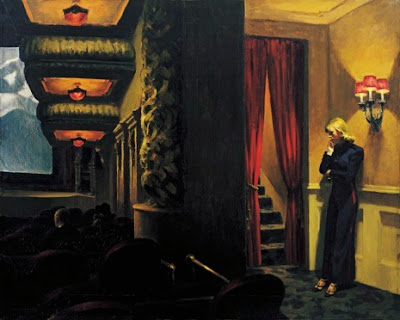
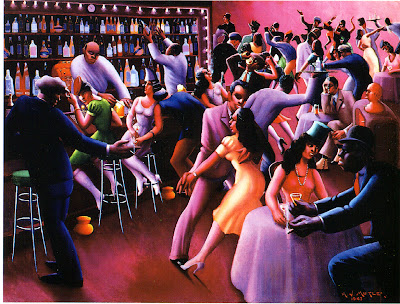

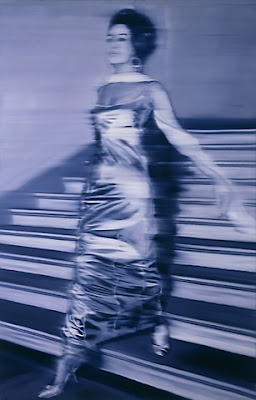

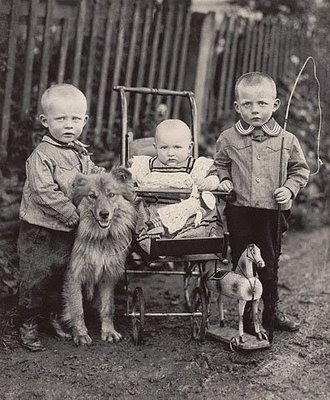
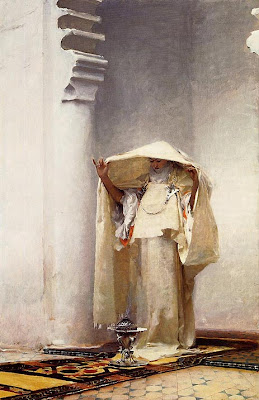





 Call me Gabi (pronounced gah-BEE). I'm a writer, freelance teacher, and a lover of books and words. I'm also the instigator of DIY MFA. iggi's my sidekick, but he thinks he's the brains behind this operation.
Call me Gabi (pronounced gah-BEE). I'm a writer, freelance teacher, and a lover of books and words. I'm also the instigator of DIY MFA. iggi's my sidekick, but he thinks he's the brains behind this operation.
 ROW80 Check-In (2)
ROW80 Check-In (2) YA Cafe: Villains and Antagonists
YA Cafe: Villains and Antagonists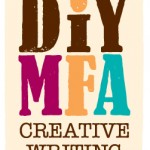 Introducing Writer Fuel
Introducing Writer Fuel ROW80 Check-In (1)
ROW80 Check-In (1)